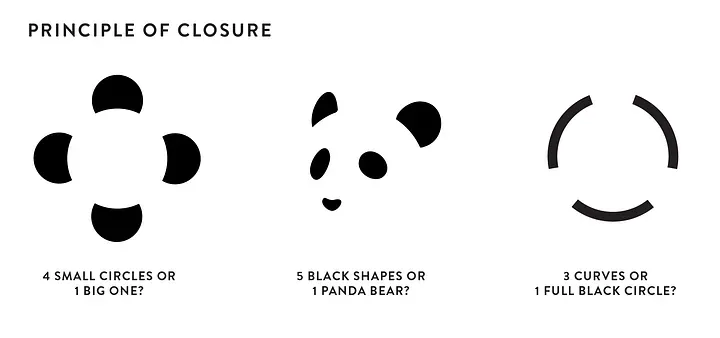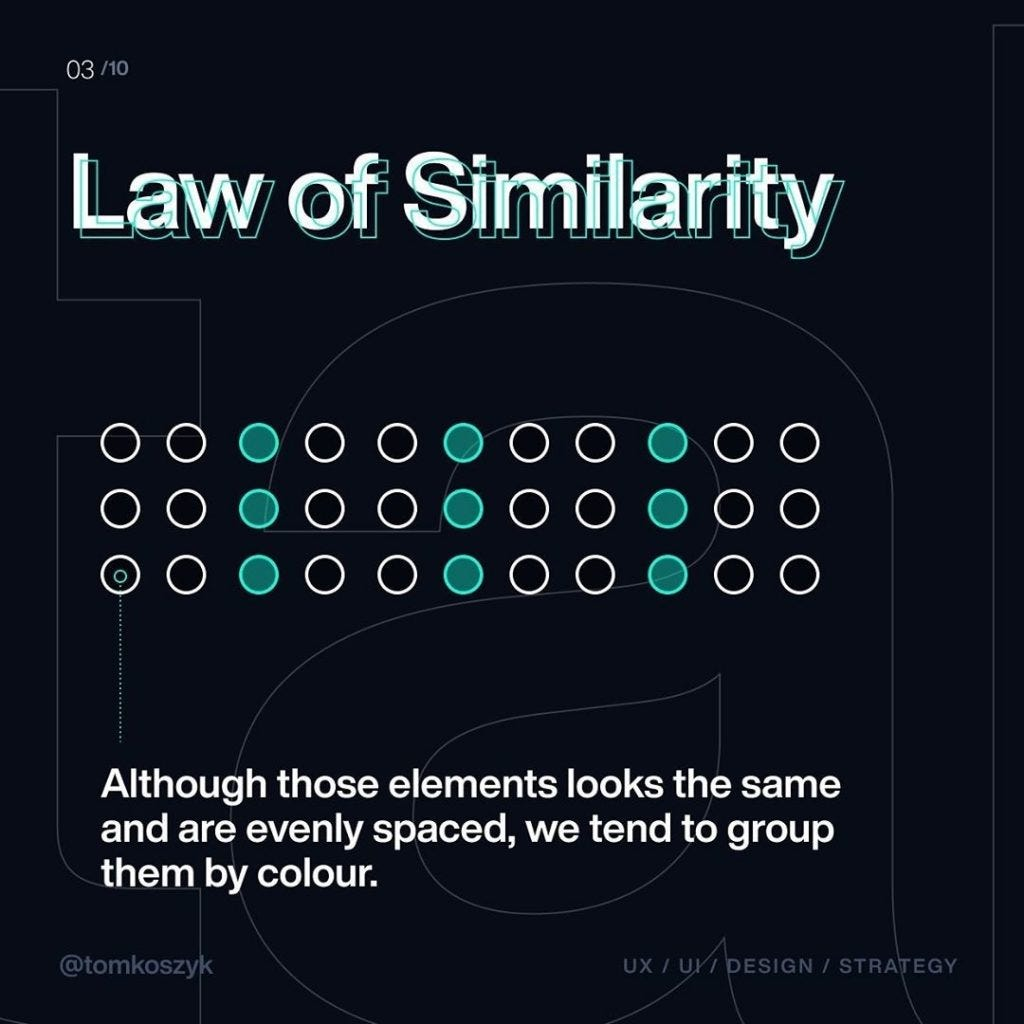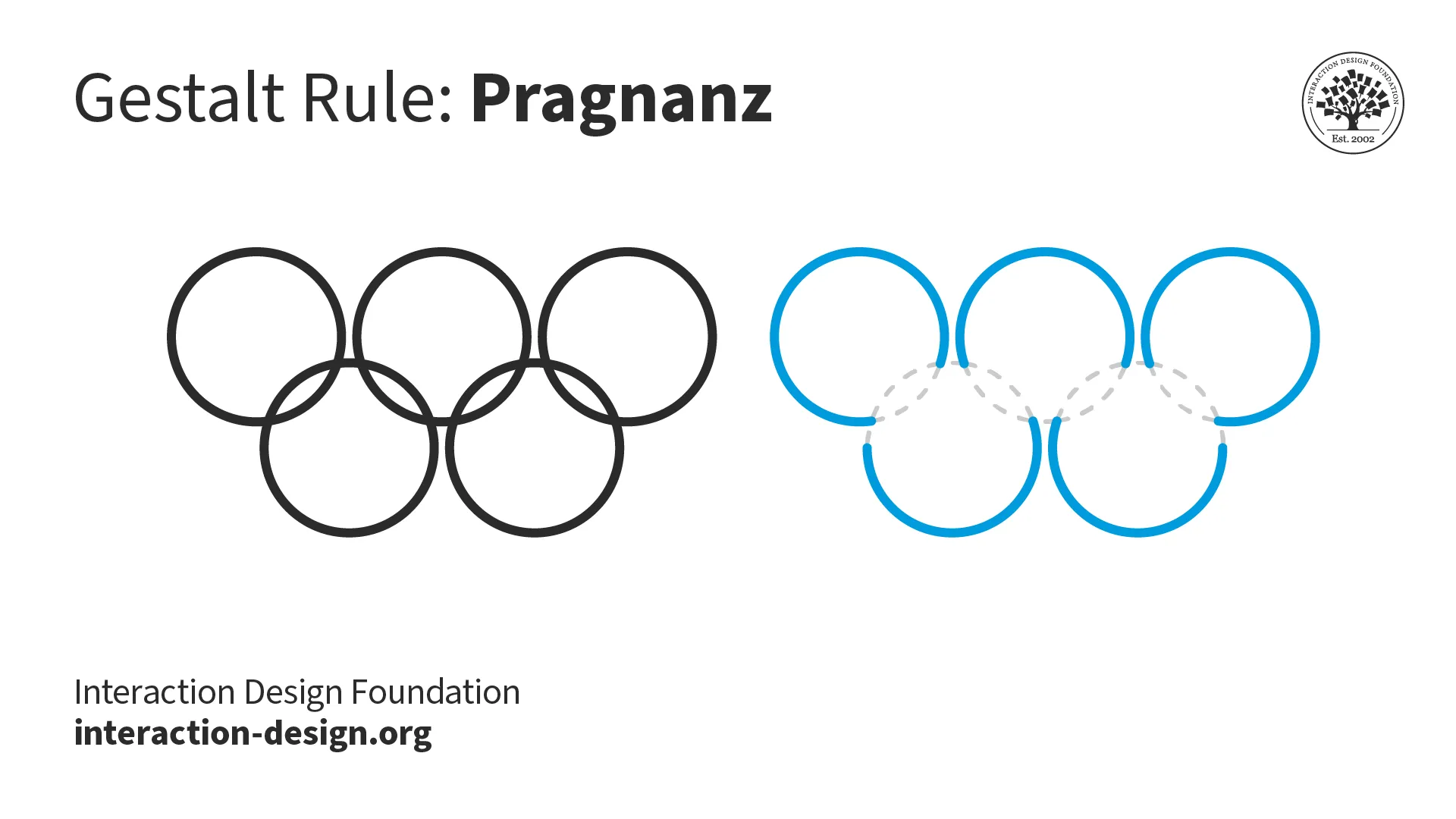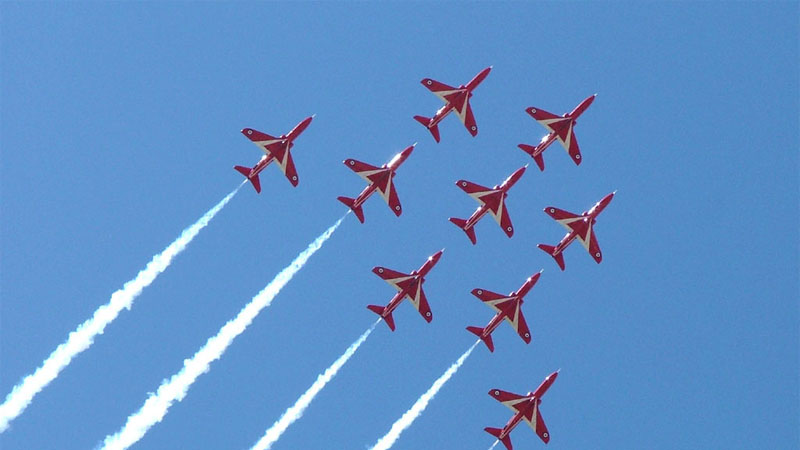7 - Sensation, Perception, Cognition, and Language
1/132
Earn XP
Description and Tags
A. B. C. D.
Name | Mastery | Learn | Test | Matching | Spaced |
|---|
No study sessions yet.
133 Terms
A.
Object permanence develops during Piaget’s first stage, the sensorimotor stage. During the preoperational stage, children think more symbolically as they develop memory and imagination
Object permanence allows human beings to realize that an object continues to exist outside of their perception of it. During which of Jean Piaget’s stages does this ability develop?
A. sensorimotor
B. preoperational
C. concrete operational
D. formal operational
B.
Top-down processing is a Gestalt psychology term for interpreting sensory stimuli based on experience and larger contextual information in order to slowly work down and figure out the precise nature of each stimulus. Bottom-up processing is the Gestalt term for the reverse process, by which one starts with a small sensory stimulus and integrates progressively more contextual information in order to determine its nature. (BOTTOM UP OCCURS BEFORE TOP DOWN)
A person sees a small grassy area containing flowers outside of a residential building. This person's brain draws on various memories of gardens and the scents of flowers and grass in order to interpret that this grassy area is a garden. This is an example of:
A. bottom up processing
B. top down processing
C. superimposition
D. contextual reception
B.
postcentral gyrus is a prominent structure in the parietal lobe that processing of the sense of touch, not the senses of sound or sight, which are involved in the McGurk Effect. The lateral geniculate nucleus in the thalamus is involved with the visual processing pathway of the brain. It is the primary relay center for visual information received from the retina of the eye, and therefore would be involved in the visual processing of the McGurk Effect
Given that the McGurk Effect relies upon visual and auditory stimuli, which of the following brain structures is NOT involved in the processing of the information that produces the McGurk Effect?
A. occipital lobe
B. postcentral gyrus
C. lateral geniculate nucleus in thalamus
D. cochlear nucleus
B.
baroreceptors detect BP changes baby.
Muscle spindle detects muscle stretch
Golgi tendon detects muscle stretch
Joint capsule receptors detect pressure, tension, and movement in joints
all of the following are involved in proprioception, EXCEPT:
A. muscle spindles
B. baroreceptors
C. golgi tendon organs
D. joint capsule receptors
C.
stepping or walking reflex involves a baby putting one foot in front of the other when their soles touch a flat surface.
Which of the following infant reflexes in most closely associated with learning to balance and walk?
A. Moro reflex
B. Babinski reflex
C. Stepping reflex
D. Rooting reflex
moro reflex
babinski reflex
stepping reflex
rooting reflex
what are the baby reflexes? (4)
moro reflex (“the startle reflex")
baby reflex involving the infant spreading arms out then retracting them and usually crying in response to being startled/dropped (but caught again)
babinski reflex
baby reflex involving toes fanning out + dorsiflexion of big toe in response to another person stroking the sole of baby’s foot
spinal cord or brain disease
what happens if you see the babinski reflex (infants fanning out toes when someone tickles soles of their feet) in an adult?
the rooting reflex
baby reflex involving infant turning its head and rooting with its mouth in response to a touch to cheek/lips
C.
the semicircular canal of the inner ear contain hair cells that detect motion and the rotation of the head. This aids in the sense of balance. The endolymph in the cochlea contains hair cells that are designed to transmit auditory vibrations for the sense of hearing, not proprioception or balance
The vestibular sense detects motion and is involved in balance by way of what mechanism?
A. control of autonomic functions by the pons
B. the endolymph in cochlea contains hair cells that detect motion and rotation of the head
C. endolymph in the utricle, saccule, and ampullae containing hair cells that detect motion and rotation of the head
D. coordination of motion in cerebellum
endolymph in the cochlea
part of ear that contains hair cells that are designed to transmit auditory vibrations for the sense of hearing
The endolymph in the utricle, saccule, and ampullae
part of ear that contain hair cells that detect motion and the rotation of the head
inability to process sensory information, sense is operational, just processing is impacted (this does not mean the person is blind/deaf, or that the entire sense is defective
Weber’s law (used to quantify the difference threshold)
the type of error that's present when stimulus is ABSENT, but response is PRESENT (false positive)
type of error that's present when stimulus is PRESENT, but response is ABSENT (false negative)
sounds - volume (intensity), frequency (pitch - how how/low)
vision - brightness, color
smells
taste
touch - pressure, temperature, pain
what are the different types of stimuli (what are the senses)

light going from the RIGHT side will hit the R eye’s LEFT RETINA → visual stimuli is activated → travel to the LEFT part of the brain
light going in from the L side will hit the L eye on its RIGHT SIDE (same thing as the R side but reverse)
what is the pathway of visual stimuli?
left, right
any object on the RIGHT side will be processed by the ____________ (L/R) hemisphere, and any object on the LEFT side will be processed by the __________ (L/R) hemisphere
agnosia
someone with visual ___________ can recognize that there is someone in front of them, but will have a difficult time recognizing who this person is
muscle spindle
golgi tendon
joint capsule receptors
thermoreceptors
nociceptors
what are the different types of proprioceptors? (5)
intuition, holistic perception, L side motor skills, L side vision, impulse, creativity
what is the R brain known for?
analytical thought, detail oriented, ordered sequencing, math/science, logic, right field vision, and right side motor skills
what is the L brain known for?
modality (the type of stimulus
location (communicated by the stimulus receptive field)
intensity (encoded by the rate of action potential firing)
duration
what are the 4 properties that need to be communicated to the CNS when we take in stimuli?
stimulus (environmental, attended, stimulus on receptors)
electrochemical processes (transduction, transmission, processing)
experience and action (perception, recognition, action)
what are the stages of sensation and perception? (3)
Transduction
process of converting stimulus from external wave (light wave, sound wave) to an internal electrochemical impulse in brain
transmission
taking that electrochemical impulse and sending it to the correct neurons and parts of brain
perception
stimulus is experienced (see the sight, hear the sound, touch the object, etc.)
reocgnition
we try to match the stimulus with something we’ve seen/heard before
action
optional step where if stimulus is worth responding to then we will take action (fight, flee, etc.)
law of closure
law of similarity
law of good continuation
law of simplicity (law of pragnanz)
law of proximity
law of common fate
law of familiarity
law of praganz
what are the laws of grouping in Gestalt principles? (7)




Law of simplicity (law of pragnanz)

